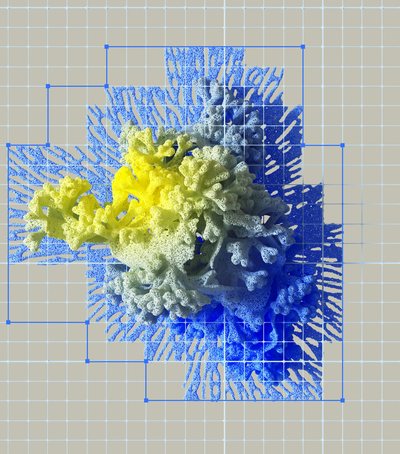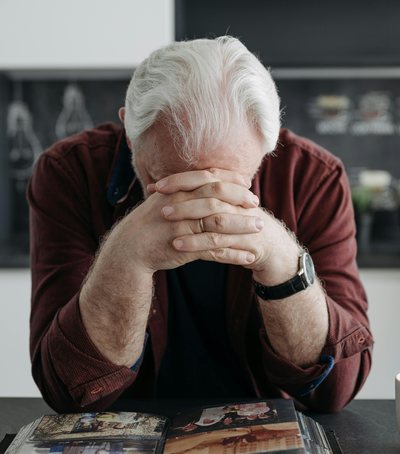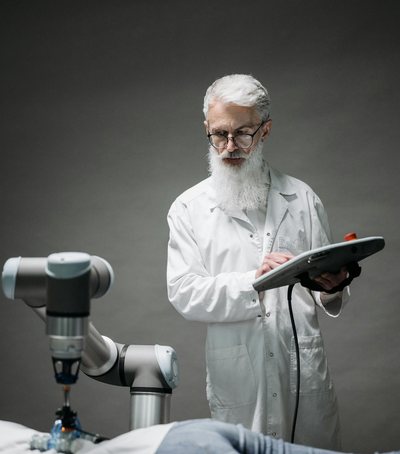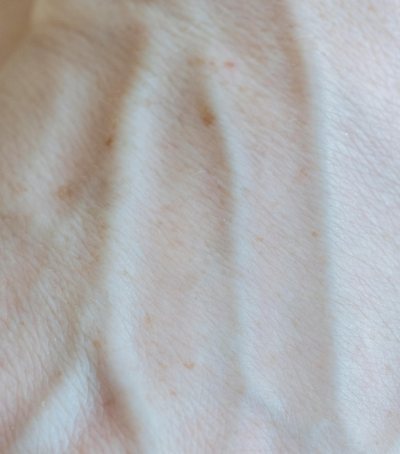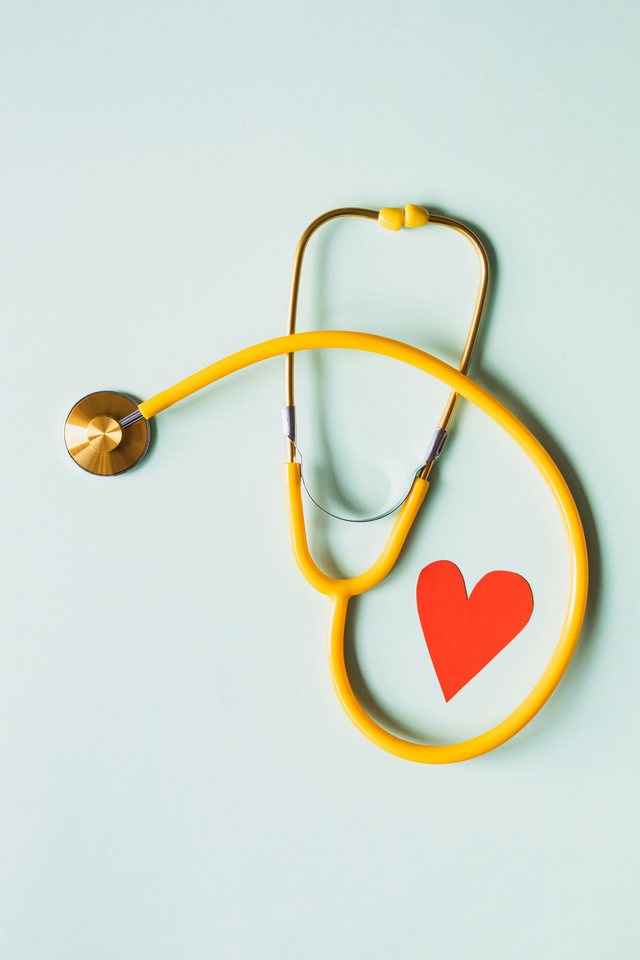
In a world where distance once determined the chances of a cure, technology is erasing the boundaries of healthcare. Thanks to telemedicine and portable devices, even the most isolated areas can be connected to the best doctors in hospital centers. A tablet, a camera and an internet connection are now enough to make real-time diagnoses, follow patients and save lives that would once have been lost due to lack of distance.
Health that travels through the screen
Telemedicine is no longer an idea, but an everyday reality. It allows doctors to consult patients in rural areas or developing countries without the need for physical travel. Through video consultations, cloud-based tests, and app-connected diagnostic devices, patient and doctor are now just a click away.
In many countries in Africa, Asia, and Latin America, this technology has made it possible for pregnant mothers, children, and the elderly to receive the care they have lacked for years.
Portable technologies – the hospital you hold in your hand
Small devices that measure blood pressure, sugar, blood oxygen or ECG have become miniature laboratories. Connected to applications that use artificial intelligence, they analyze the data instantly and send the relevant reports to the doctor.
In some cases, AI even offers initial diagnostic suggestions, helping field nurses act quickly, before consulting specialists. Thus, medical service is no longer limited by hospital walls – it goes where the person is.
From emergency to prevention
Telemedicine is not just for emergencies. It is becoming a key tool for monitoring chronic patients, for post-operative follow-up, and for mental health counseling. A diabetic patient in a remote village can receive instructions from an endocrinologist at a university hospital, while their data is automatically stored in the system for future analysis.
This promotes prevention, early intervention, and ongoing care, reducing the need for costly hospitalizations.
Less inequality, more dignity
For millions of people who live far from cities or in areas without developed infrastructure, telemedicine is more than technology – it's equality. It gives them the opportunity to receive the same level of care as someone living in a capital city.
When health becomes accessible to all, medicine becomes more human. There are no more “forgotten” people on the edges of the map – anyone, anywhere, can be heard, diagnosed, and treated in a timely manner.
Ultimately, healthcare in every corner of the world is not just a technological dream, but an ethical promise. A world where medicine knows no borders is a fairer, more sensitive, and more vibrant world. Because when technology is used to save lives, it stops being cold – and becomes human.
Photo by Karola G: https://www.pexels.com/photo/medical-stethoscope-with-red-paper-heart-on-white-surface-4386467/

